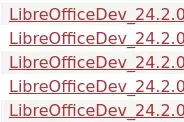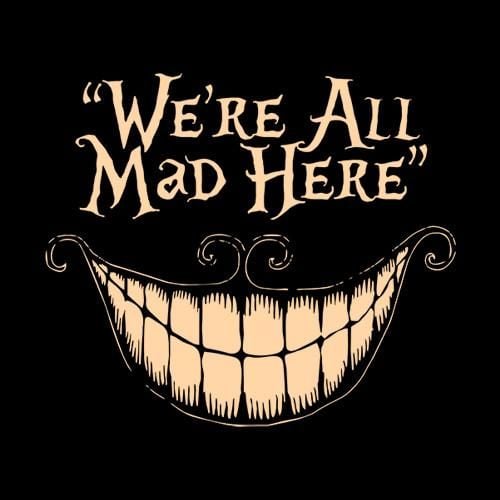- cross-posted to:
- [email protected]
- [email protected]
- cross-posted to:
- [email protected]
- [email protected]
Hey that makes sense. Why hasn’t everyone been doing it for decades?
decades
30ish years ago, software versions would have gone from 99.x to 00.x
Versioning scheme choice is arbitrary, as long as it’s consistent in that larger numbers are released after smaller numbers. My favorite example of this is TeX which just adds a digit of Pi with each release.
Semantic versioning probably has the mindshare, so it’s a common default scheme. It’s practical and can be applied to any release scenario. From the change in versions, you can intuit why there was a new release.
Date based versioning works fine for software that releases infrequently, but on a schedule, so you can intuit the age of the software and when to expect a new version.
software versions would have gone from 99.x to 00.x
Since it’s not computer generated, it’d just go to 2000.x. Which is better in the first place.
Versioning scheme choice is arbitrary
It is, but it’s still nice to be able to infere something out of it. If everyone was using YYYY.MM.x, and you had two binaries of two programs, you immediately know if one is much older.
I mean some versioning systems are just bonkers, take Android XX.x, with the accompanying different API.x, and older versions still referred to with cookie titles, so you always need to look shit up.
Or when forks happen and either completely copy the original’s versioning, making a mess if they want to do more updates, or if they invent a completely new one, and then you again need to look shit up.
I think part of the reason is because devs didn’t want to have a version that didn’t look “fresh”, when competitors would launch an update. The version wars happens in all kinds of software, including Linux Distros :)




